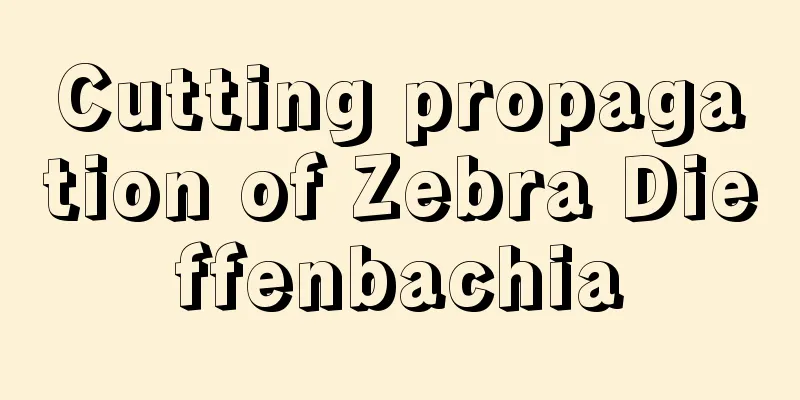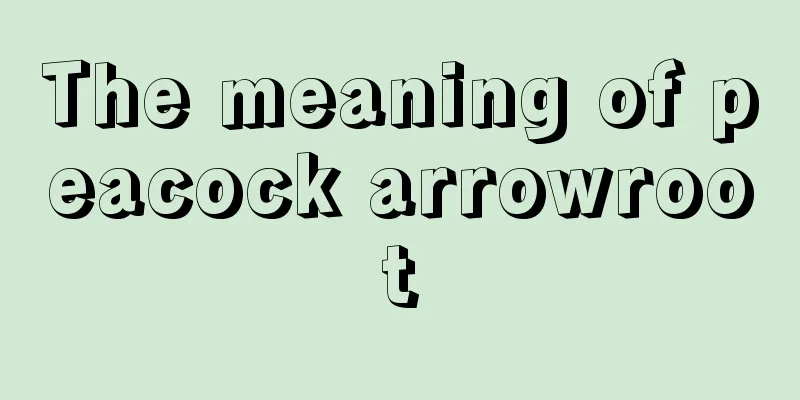What soil is best for growing mint?

1. Garden soilOrdinary garden soil is generally the surface soil from vegetable gardens, orchards or parks. It is the most common type of cultivation soil and is slightly acidic. It has a relatively strong ability to retain water and fertilizer, but its air permeability is relatively poor. Since mint has strong survival ability and can survive in most soils, using garden soil with stronger fertility can help it bloom faster. 2. SandUse about 1/3 of sand and mix it with the soil to make sandy soil. It can effectively drain water and retain fertilizer, is suitable for mint growth, and can provide the necessary nutrients. 3. Mixed soilMix 1/3 humus soil and 2/3 garden soil to form a relatively loose soil with good water and fertilizer retention properties. Using this kind of soil can prevent the soil from becoming compacted after excessive watering, which can cause plant root rot, leaf loss, or yellowing. 4. NotesMint is easy to survive and will grow well as long as the soil is not too sticky. If you find that the soil is too heavy during the planting process, you can add some sandy soil to facilitate drainage. |
>>: How to divide mint into pots
Recommend
Where is the best place to plant Adenophora
Planting place of Adenophora Generally, Adenophor...
What is the best fertilizer for grape vines?
Grapevine fertilization time Grape vines can be g...
What soil is suitable for growing grapes?
The soil for growing grapes must be well-drained ...
How often should azalea be watered?
How often should azalea be watered? In spring, it...
How to care for water-logged pineapple and make it grow fast
Growing conditions of pineapple When caring for t...
How to prune fragrant wood
Fragrant wood pruning time The pruning of fragran...
What is bitter chrysanthemum
What is bitter chrysanthemum Chicory is a wild ve...
Pu'er tea growing environment conditions and characteristics
Pu'er tea growing environment conditions and ...
Where is the best place to plant burdock?
Burdock Growing Conditions Burdock is a light-lov...
What are the five grains? What do rice, millet, sorghum, wheat and beans refer to?
1. What is The five grains are wheat, rice, soybe...
How to prune jasmine
Pruning branches and leaves of jasmine Forsythia ...
How much compound fertilizer is used per acre of wheat planting?
Wheat is the main crop, the staple food in northe...
Is an onion a fruit or a vegetable?
Is onion a fruit or a vegetable? Onions are veget...
How to grow orchid seedlings? Can one orchid seedling survive?
1. How to raise 1. Choose soil: When growing and ...
How to grow saffron bulbs Saffron bulb cultivation and planting methods
Saffron is a very famous flower variety. It has a...









